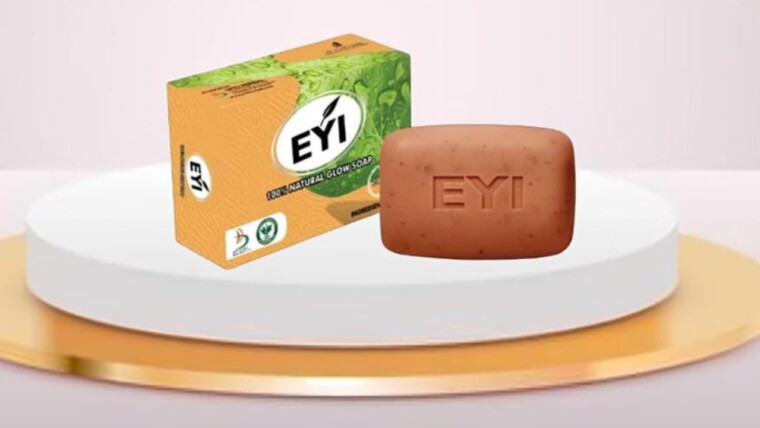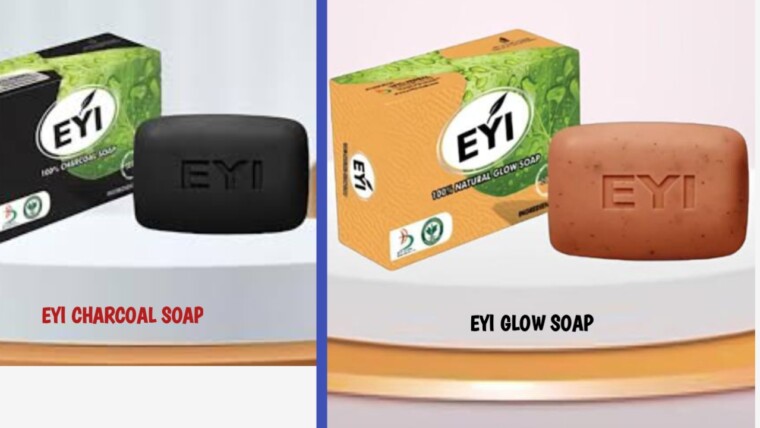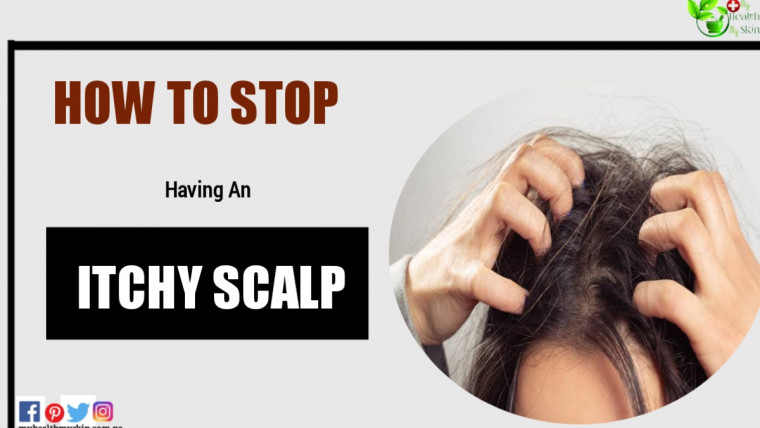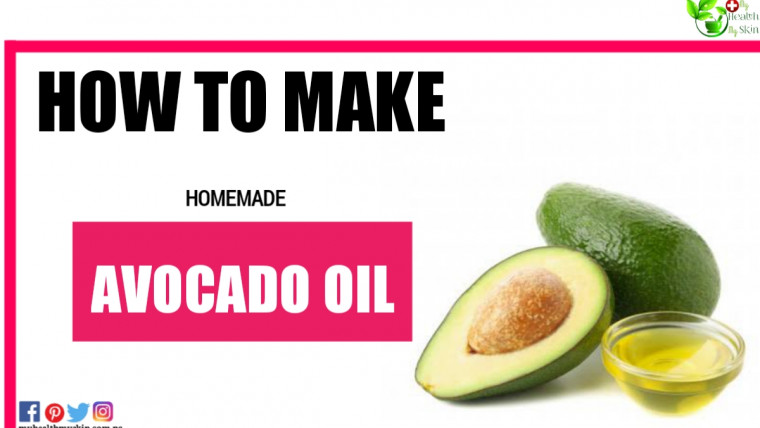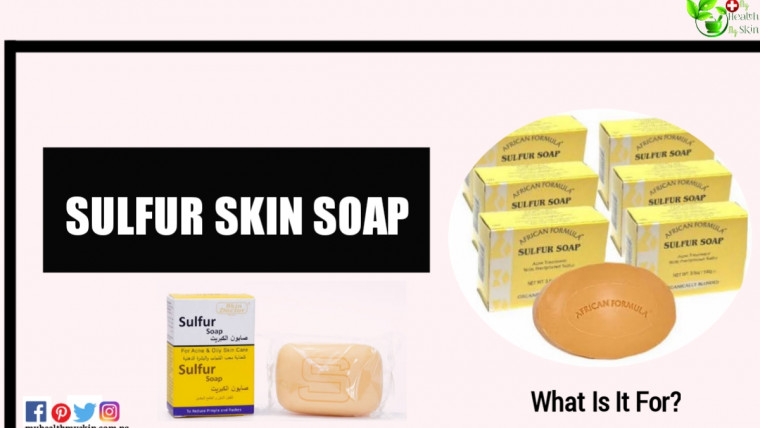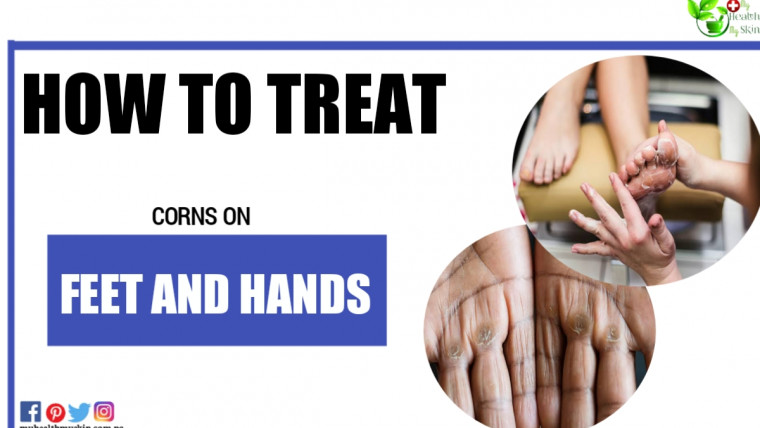Infant eczema is a mild but annoying disease because it often recur in flare-ups. Generally of genetic origin, the disease develops on a predisposed family ground. Thus a child whose one parent is allergic will have a 50% risk of having infant eczema. If both parents are allergic then the risk will be even higher. But the good news for this infant eczema: it disappears in 80% of cases between 4 and 6 years old. The most common form of infant eczema is atopic dermatitis, although this eczema itself is not caused by allergic reactions but rather by hyperreactivity and great sensitivity of the skin. [lwptoc]
How To Treat Baby Eczema?
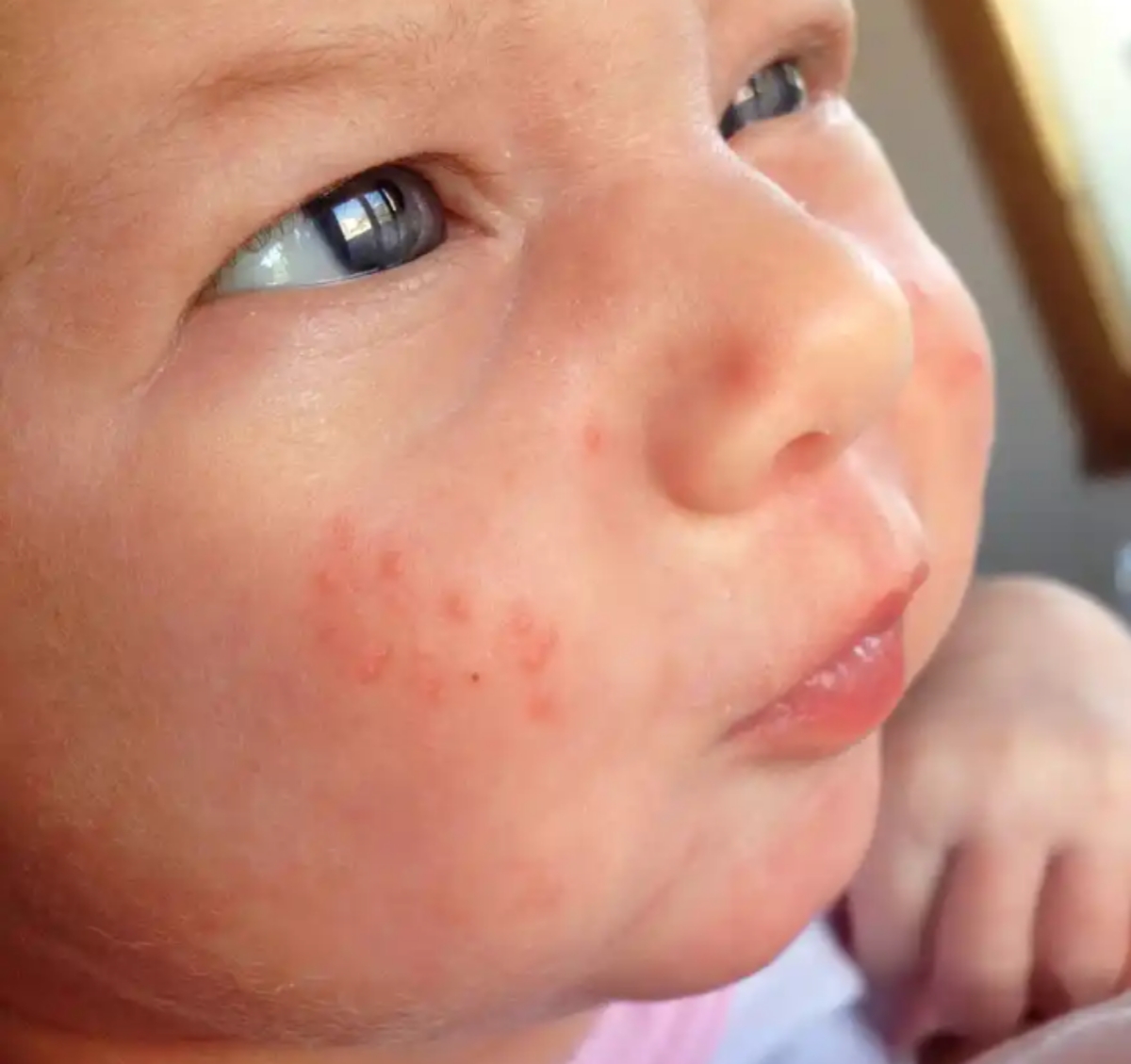 There are no drugs that completely cure eczema in infants, but treatments can reduce the frequency of eczema flare-ups and their intensity in order to relieve baby, especially when eczema affects the face. Doctors generally prescribe what are called topical corticosteroids: ointments or cortisone cream. But the forms and dosages of these drugs depend on the age of the child, the severity of the lesions and the regions of the body to be treated. It is therefore very important not to treat your baby using a product prescribed for someone else. Improper dosage or usage could cause serious adverse effects. In some cases, anti-inflammatory or immunomodulatory cream or ointment treatments may be prescribed. Doctors may also prescribe antihistamines if the itching is very severe, or antibiotics if the atopic dermatitis has become infected. Finally, treatments with ultraviolet rays are sometimes used in dermatology, for older children who suffer from severe eczema.
There are no drugs that completely cure eczema in infants, but treatments can reduce the frequency of eczema flare-ups and their intensity in order to relieve baby, especially when eczema affects the face. Doctors generally prescribe what are called topical corticosteroids: ointments or cortisone cream. But the forms and dosages of these drugs depend on the age of the child, the severity of the lesions and the regions of the body to be treated. It is therefore very important not to treat your baby using a product prescribed for someone else. Improper dosage or usage could cause serious adverse effects. In some cases, anti-inflammatory or immunomodulatory cream or ointment treatments may be prescribed. Doctors may also prescribe antihistamines if the itching is very severe, or antibiotics if the atopic dermatitis has become infected. Finally, treatments with ultraviolet rays are sometimes used in dermatology, for older children who suffer from severe eczema.
Daily Baby Eczema Care
1. Apply cool water compresses to affected areas to reduce itching. 2. Give the child a daily bath in lukewarm water for less than 10 minutes, which is ideal for hydrating their skin (being in water longer could, on the other hand, make their skin drier). 3. Do not use soaps or scented products such as bubble baths but rather a gentle cleanser for sensitive skin, or even bath oil or a specific infant eczema product. 4. To dry your child after bathing, pat them gently with a soft towel instead of rubbing them vigorously. 5. Immediately after bathing, apply a moisturizing and emollient cream suitable for sensitive skin, even if the child has a topical corticosteroid prescription of eczema. And so keeping baby’s skin well hydrated is one way to protect it.
How To Avoid Baby Eczema
- Make him wear clothes made of soft and silky fabrics, such as fine cotton, avoiding wool and rough or synthetic fabrics.
- Use a mild soap to wash clothes and avoid fabric softeners if possible.
- Cut the nails short and file them if necessary to prevent him from hurting himself by scratching himself and if necessary, it is possible to make baby wear light cotton gloves at night.
- In winter and especially when it is cold, use a barrier ointment for the child’s face to protect the skin from the cold with a cotton scarf and very soft gloves if necessary.
Be careful that the baby does not get too hot because excessive perspiration can also irritate the skin and pay particular attention to the quality of the socks if the child sweats a lot on the feet. Expose the child as little as possible to substances that can cause allergies or known irritants: pollen, mould, dust (in which dust mites are often found), pets, detergents, perfumed cosmetics, wool, synthetic fabrics but also and above all cigarette smoke. Finally, it has been shown that stress could be a source of more frequent eczema attacks.
How To Apply The Care In The Child?
1️⃣ Lay the child down then massage, lightly touching the skin with large movements. Do not rub the skin but rather make large circular movements after heating the cream or emollient in the hands. 2️⃣ Start with the lower limbs (ankles, thighs) then go up to the armpits, trunk and wrists without forgetting the back. 3️⃣ Continue towards the neck, the ears then the face. 4️⃣ If necessary, apply a suitable cream or ointment with the fingertips to the eyelids, mouth and corners of the lips. 5️⃣ If necessary apply the emollient several times a day. Be careful in case of atopic eczema: be careful with certain products of natural origin such as propolis, sweet almond, peanut, sesame or hazelnut oil which are allergenic.
Homeopathy
Homeopathic treatment improves the child suffering from eczema and atopic dermatitis. To have an optimal result, a consultation with a homeopathic doctor is essential in order to act according to different axes of treatment. Be careful especially not to use essential oils in children because they are generally contraindicated before 6 years.
Emollient Creams And Treatments
Emollient treatments and creams act on skin dryness by moisturizing and restoring the hydrolipidic film of the skin. These creams restructure and protect the epidermis, they space out inflammatory flare-ups. Intended for atopic skin, these emollient treatments must imperatively be neutral, without perfume or preservatives. They contain moisturizing agents (fatty acids and ceramides which rebuild the skin barrier, glycerin and sorbitol which fix water, etc.), soothing and antipruritic agents (glycocolla, thermal water, niacinamide, symcalmin, etc.), agents which act against release of inflammatory chemokines and agents that limit bacterial proliferation. They are used in combination (depending on the product) or as a relay for treatments, but never on superinfected dermatosis. Between flare-ups, apply daily to entire body and/or face. During outbreaks, in addition to drug treatments 1 to 2/day. It is best to apply these treatments after bathing on slightly damp skin. Make sure there is no allergy to excipients before applying these creams. The choice of emollients is vast and everyone will choose according to their preferences. It happens that an emollient is responsible for intolerance (redness), it will then be necessary to choose another one.
Infant Eczema, What Is It?
Infant eczema is therefore partly linked to heredity since the disease develops on a predisposed family background. One of the causes of eczema other than heredity is linked to winter, because low outside temperatures and sometimes excessive heating cause the level of humidity in the air in homes to drop and dry out the skin. Certain foods can also be the cause of outbreaks of eczema in children: such as eggs, peanuts, milk, tomatoes, exotic fruits which are most often incriminated. Thus infant eczema is manifested by hyper permeable, irritable and dry skin and the skin is more prone to infections. On the face, eczema mainly affects raised areas, ie the forehead, chin and cheeks. On the body, specific places are affected: the shoulders, the back, the buttocks, the outer face of the arms and forearms, the front face of the legs and thighs. First of all, the particularly dry skin becomes covered with redness. Then small tight blisters form and finally dry crusts form and can fall off in a few days. Eczema has the particularity of itching a lot, so during an outbreak the baby can be very irritable and have trouble sleeping. Sometimes atopic eczema can be associated with other allergic reactions, such as allergic rhinitis (hay fever) and asthma. Unless the eczema is severe and difficult to control, allergy testing is usually not necessary. Some children sometimes suffer from contact eczema, or irritative or allergic contact dermatitis. Inflammation is then caused by direct contact with an irritating substance (certain soaps, or even saliva around the lips) or with an allergen such as certain plant allergens, nickel in jewelry or in a belt buckle. The first symptoms usually appear during the first year of life, most often between 2 months and 6 months. The disease then evolves by periodic flare-ups (eczema attack). It is rare for eczema to appear after the age of 5. Indeed, the seizures usually calm down around the age of 5 or 6 years, before sometimes resurfacing during adolescence or adulthood. An adult who has suffered from an attack of eczema at a young age will also tend to have dry skin throughout his life and his children will also be at greater risk of being affected.
Update On Humidifiers For An Infant With Eczema:
Humidifiers are now discouraged by many health experts because when they are not properly cleaned, these devices constitute environments conducive to the development of bacteria and mold, because the water which is there remains at room temperature for long periods.
Baby Eczema: When Should You See A Doctor?
- In case of acute attacks with oozing lesions.
- In the event of contact with a relative carrying a crisis of herpes labialis because risk of generalized herpes infection in the child reached of eczema.
- In case of inefficiency of the treatment.
- If sleep is disturbed due to eczema.
- In the event of signs suggestive of a respiratory or contact allergy.
- In case of fever and if the areas affected by eczema are hot.
To see more post on Children’s Health click here. 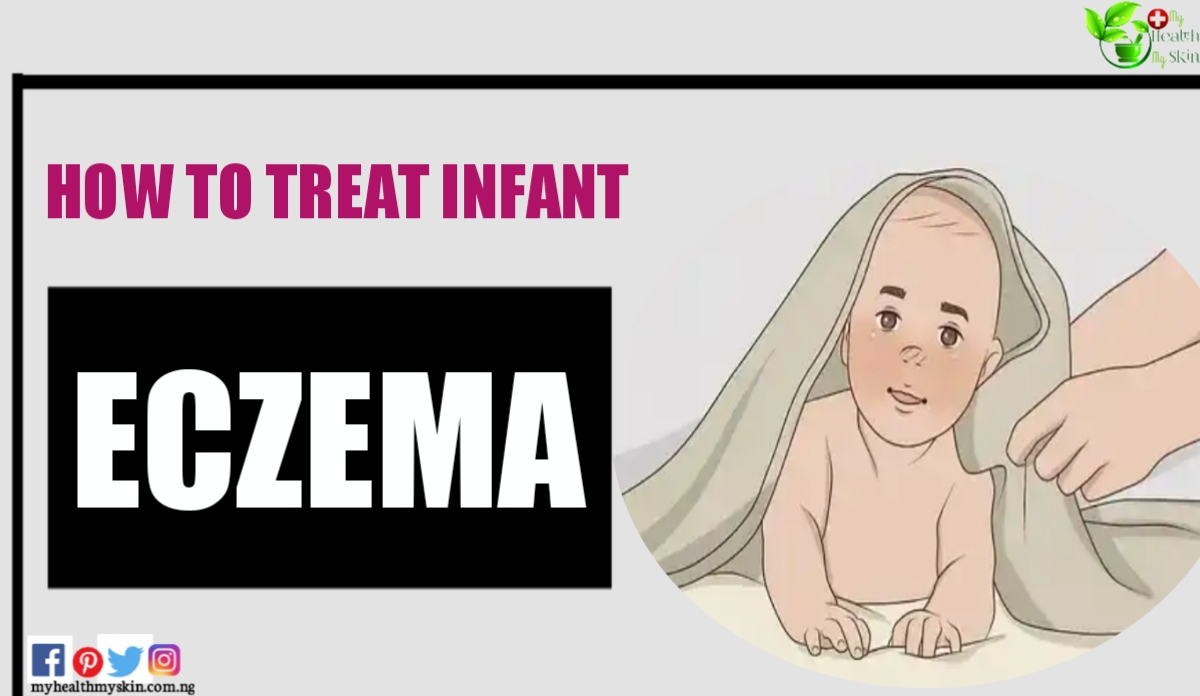
Do You Think It’s Important To Examine And Treat Infant Eczema Or Baby Eczema? Comment Below

